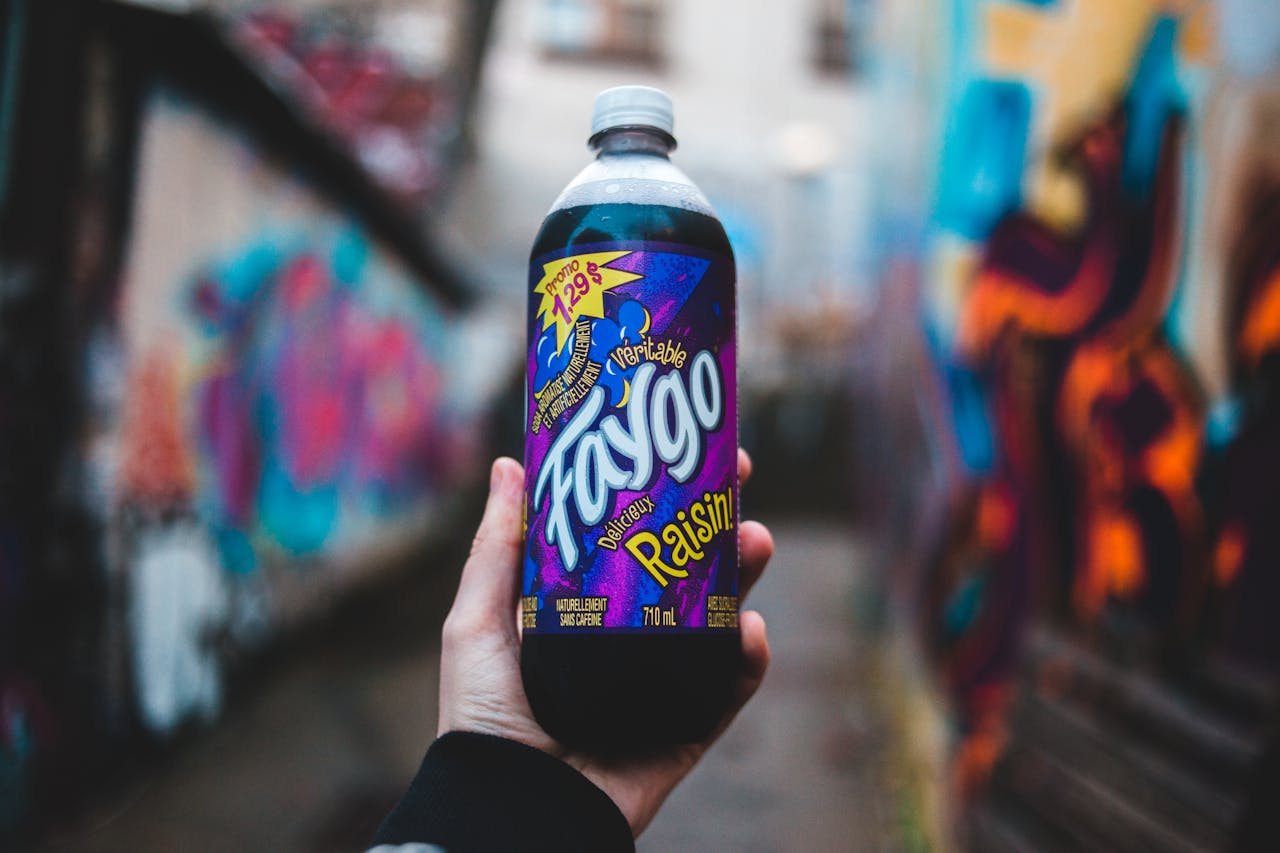Whole Milk Vs 2%: Which One Actually Tastes Better?
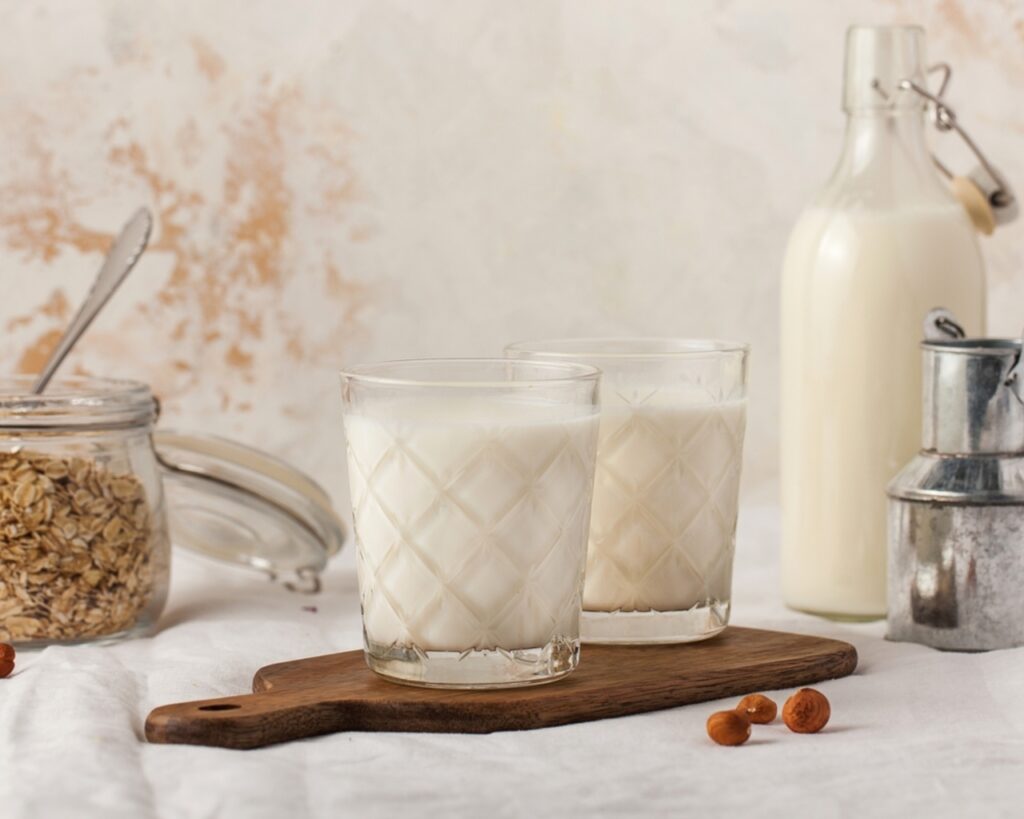
Milk is more than just a beverage; it’s a sensory experience that can define a morning, a recipe, or even a nostalgic memory. Whole milk and 2% milk occupy the shelves side by side, yet they offer distinctly different experiences. Whole milk has a creamy richness that evokes indulgence, while 2% milk balances flavor with a lighter, more approachable profile. Choosing between them isn’t just about calories; it’s about the flavor, texture, and satisfaction each pour delivers.
What this really means is that the debate over milk types touches both the palate and lifestyle. Some reach for whole milk for a decadent, full-bodied taste, while others prefer 2% for a subtle creaminess that complements coffee, cereal, or baking without overwhelming the dish. Understanding the nuanced differences in flavor and texture can help you select the milk that suits your personal taste and culinary goals.
The Creaminess Factor
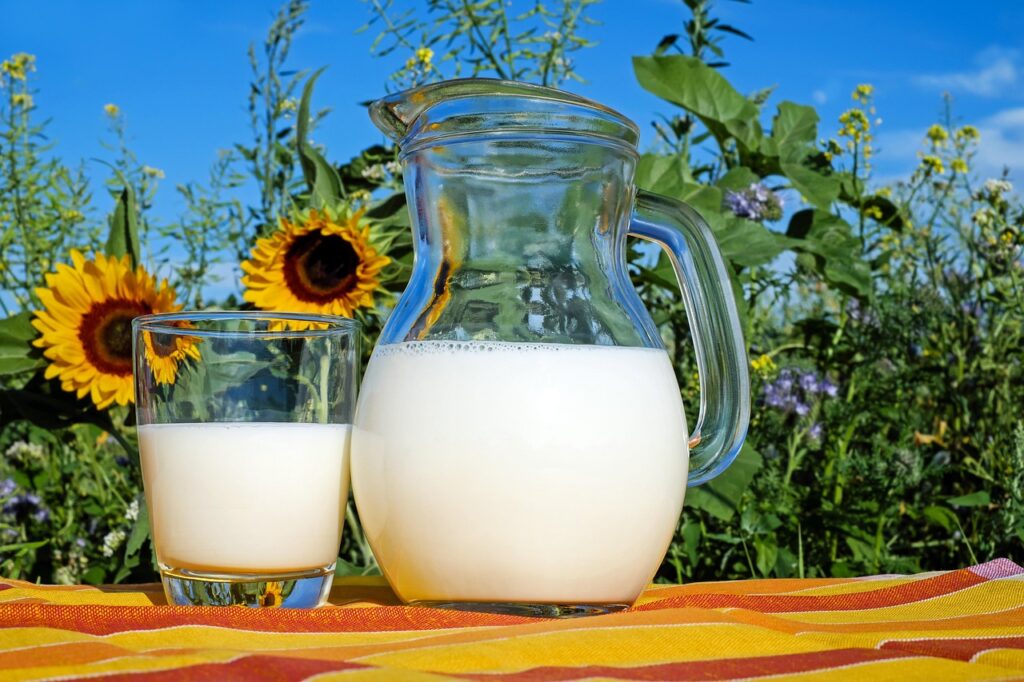
Creaminess isn’t just about fat content; it’s about the sensory experience of milk on the tongue. Whole milk, typically containing 3.25% fat, delivers a smooth, velvety mouthfeel that coats the palate and provides a sense of richness. This texture makes it ideal for lattes, creamy soups, or enjoying a glass on its own, where mouthfeel directly contributes to the pleasure of drinking.
2% milk offers a lighter texture that some may describe as “cleaner” or more refreshing, but it lacks the indulgent coating that whole milk provides. While it still contains some fat, the reduced percentage alters the mouthfeel, resulting in a thinner, less luxurious sensation. For many, this difference defines the perception of taste: richness in whole milk versus a lighter, more neutral feel in 2%.
Flavor Profiles: Richness vs. Subtlety
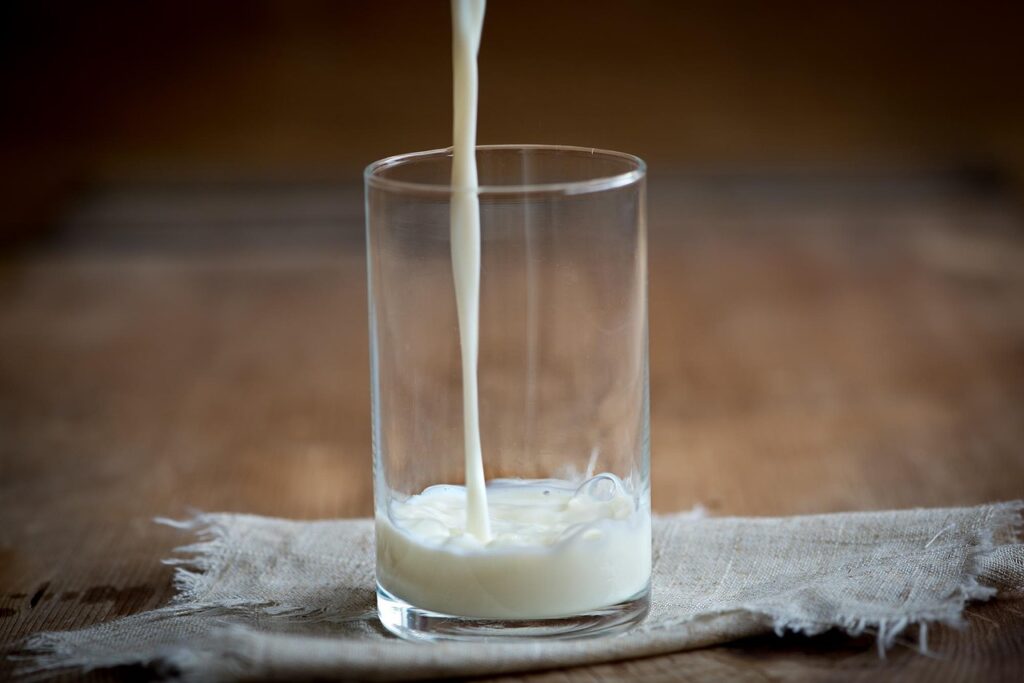
Fat doesn’t just affect texture; it amplifies flavor. Whole milk’s higher fat content carries natural sweetness and subtle dairy notes that 2% milk may mute. This richness creates a robust, satisfying taste that many describe as more “authentic” or reminiscent of traditional milk experiences. The flavor lingers on the palate, making even a simple glass of milk feel indulgent.
In contrast, 2% milk delivers a milder taste. With less fat to carry the flavor, the natural sweetness and creaminess are subdued. While some enjoy this lighter profile for its versatility in cooking or as a lower-calorie option, others find it lacks the depth and satisfaction of whole milk. Understanding this distinction can help consumers match milk type to their culinary intentions or personal flavor preference.
Consumer Preferences: A Matter of Taste
Taste is deeply personal, and milk preference is no exception. Studies show that consumers can often distinguish between milk types in blind taste tests, with a significant portion favoring whole milk for its full-bodied flavor. Many associate whole milk with comfort, nostalgia, and indulgence, while 2% milk appeals to those seeking a lighter, functional option.
It’s worth noting that cultural and habitual factors also play a role. Individuals raised drinking whole milk often report perceiving 2% as “watered down,” whereas those accustomed to reduced-fat options may find whole milk overly rich. These subjective experiences highlight that milk selection isn’t just about nutrition, it’s about how flavor, texture, and personal history shape perception.
Nutritional Considerations
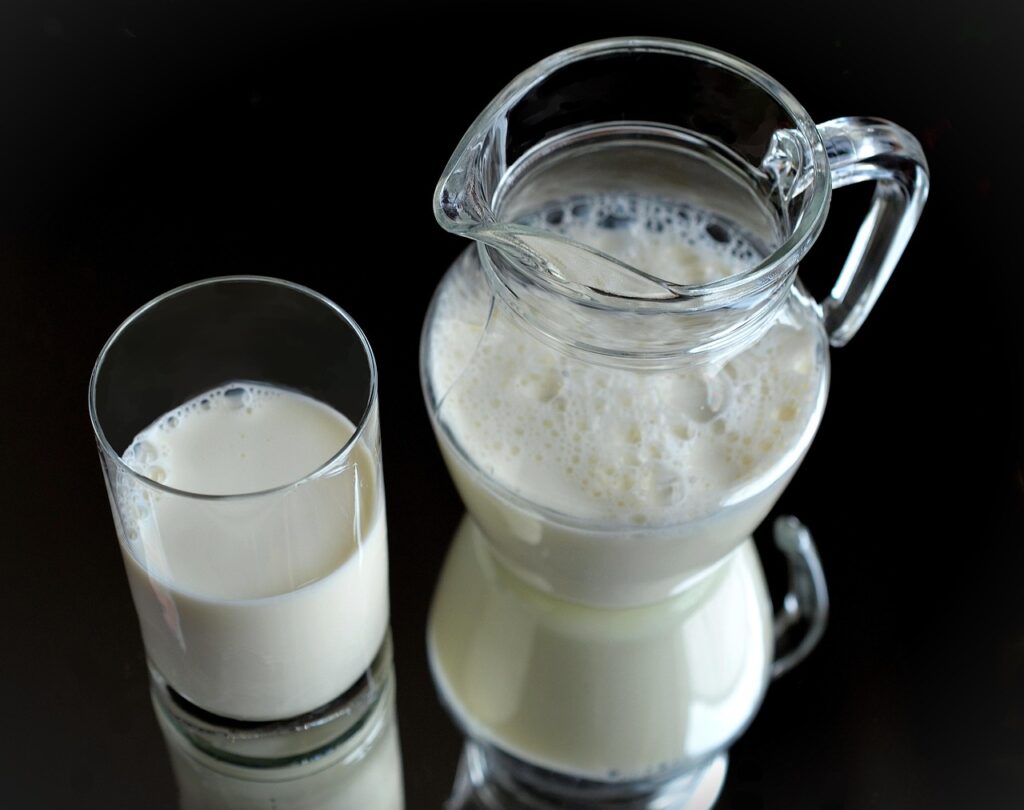
While taste dominates the conversation, nutritional content often guides choices. Whole milk contains more fat and calories than 2% milk, which may be a factor for individuals monitoring intake. However, both types provide essential nutrients such as calcium, vitamin D, and high-quality protein. The difference in fat content primarily affects caloric intake and satiety, with whole milk offering a more filling option.
For those weighing health alongside flavor, 2% milk presents a balanced compromise: it reduces fat without eliminating the creamy mouthfeel entirely. Both options support bone health, growth, and overall nutrition, meaning that the choice can safely pivot more on taste and texture than on nutrient gaps.
Conclusion: The Best Choice Is Personal
Ultimately, the “better” milk depends on your palate, lifestyle, and how you intend to use it. Whole milk offers an indulgent, creamy, and flavor-forward experience that elevates beverages and recipes, while 2% milk provides lighter, versatile functionality with fewer calories. Recognizing these differences allows you to make a more informed choice that satisfies taste, texture, and dietary preferences.
The key takeaway is that neither milk is universally superior, it’s a personal decision rooted in how much richness and creaminess you want in your daily glass, coffee, or culinary creations. By understanding both the sensory and nutritional distinctions, you can enjoy milk in a way that feels both satisfying and intentional.
References
- Type of milk typically consumed, and stated preference, but not health consciousness affect revealed preferences for fat in milk – pmc.ncbi.nlm.nih.gov
- Whole Milk, Low-Fat Milk, 2 Percent and Skim: How are They Different? – usdairy.com
- Consumers’ ability to distinguish between milk types: results of blind taste testing – pmc.ncbi.nlm.nih.gov

